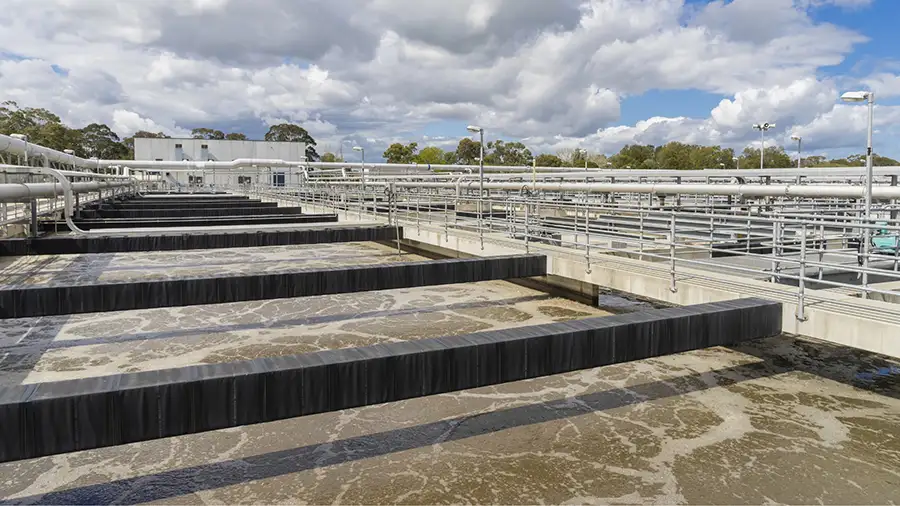The following table presents a comprehensive comparison of MET (Microbial Electrochemical Technologies) with traditional wastewater treatment technologies such as MBR (Membrane Bioreactor), AAO (Anaerobic–Anoxic–Oxic), and UASB (Upflow Anaerobic Sludge Blanket) based on technical, economic, and operational criteria.
1. Summary Comparison Table
| Criteria | MET (Microbial Electrochemical Technologies) | MBR (Membrane Bioreactor) | AAO (Anaerobic–Anoxic–Oxic) | UASB (Upflow Anaerobic Sludge Blanket) |
|---|---|---|---|---|
| Primary treatment mechanism | Electroactive microbes + electrodes | Aerobic microbes + membrane filtration | Multi-stage biological treatment | Anaerobic microbial digestion |
| Suitable wastewater types | High-organic-load, requiring COD removal + energy recovery | Municipal and light industrial wastewater | Municipal, urban, large-volume loads | High-strength organics, stable temperature |
| COD/BOD removal efficiency | 70–85% (depending on configuration) | >90% | 80–90% | 65–85% |
| Nitrogen/Phosphorus removal | Possible (with hybrid configurations) | Possible (with membrane & AO integration) | Effective with proper control | Not applicable |
| Sludge production | Low | High | Moderate | Very low |
| Odor generation | None or negligible | None | Possible under improper operation | Odor potential exists |
| Energy/resource recovery potential | Yes (electricity, hydrogen, acetate, etc.) | No | No | Yes (biogas – CH₄) |
| Capital cost | High (due to electrodes, specialized equipment) | High (membranes, aeration systems) | Moderate | Low |
| Operational cost | Low (minimal aeration, low sludge handling) | High (due to energy-intensive aeration) | Moderate | Very low |
| Level of automation | Can integrate monitoring sensors | High | Moderate | Low |
| Current stage of deployment | Primarily in pilot/lab scale, small-scale industrial setups | Widely adopted in urban and industrial areas | Common in municipal systems | Suitable for rural and tropical areas |
| Key advantages | Simultaneous treatment + energy recovery, low sludge, no aeration | High treatment efficiency, space-saving | Effective N/P removal, balanced cost | Low-cost, simple operation |
| Key limitations | Emerging technology, limited commercial applications | Membrane fouling, high operating costs | Sensitive to microbial imbalances | Requires high organic loading, prone to shock loads |
2. Summary Insights on When to Use Each Technology
➤ When to choose MET:
When the goal is both wastewater treatment and energy/resource recovery (e.g., electricity, hydrogen).
When simple, low-energy operation is required, with minimal sludge generation.
Suitable for decentralized or remote treatment systems, or industries needing chemical recovery (e.g., phosphate, acetate).
➤ When to choose MBR:
When high-quality effluent is required for reuse (e.g., for cooling, irrigation).
When budget allows for high investment and operational costs.
➤ When to choose AAO:
Ideal for municipal or domestic wastewater containing nitrogen and phosphorus, with large flow volumes.
Requires strong process control and experienced operators in biological systems.

➤ When to choose UASB:
Best for high-strength industrial wastewater (e.g., food processing, distilleries, dairy).
When the objective is low-cost treatment and biogas generation.
Challenges that MET technology faces



